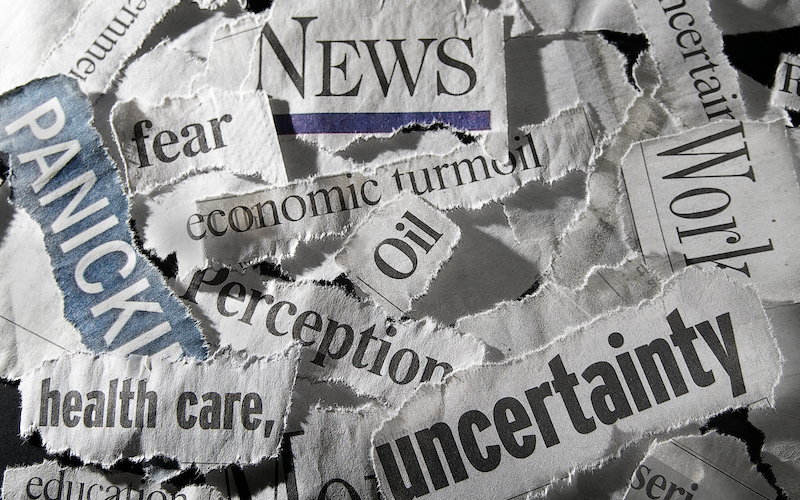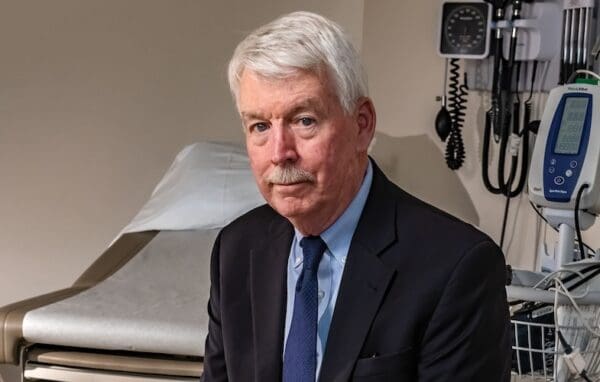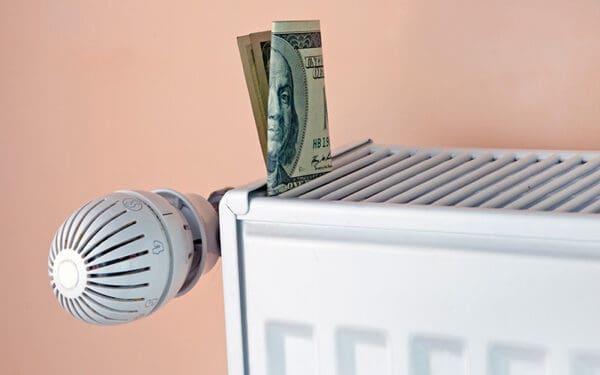
There's something new to worry about every day – and that's exhausting and disengaging. Photo: Shutterstock.
Rollback after rollback. Floods of executive orders. Panic in the news, in our minds, and our hearts. I think all of us agree – we’re tired. Frankly, tired is an understatement. I don’t know about you, but I’m exhausted.
The National Institutes of Health defines burnout as feeling worn out, overwhelmed, and empty because of extreme stress. And it turns out, the burnout we’re feeling in response to a relentless onslaught of rollbacks is all manufactured for a very real purpose: To disconnect us from fighting back.
Here’s why you’re likely to be feeling distracted and dispirited these days, and how you might recenter, find hope, and reinvigorate your fight.
The “Shock Doctrine” and Manufactured Chaos
Author, journalist, and columnist Naomi Klein coined the term “shock doctrine,” which describes using the public’s disorientation or burnout after a major crisis to push radical policies. Much of what Klein describes applies to how the Trump administration keeps the country in constant chaos. That chaos includes a barrage of executive orders advancing an (anti-)environmental agenda that would end all hopes of federal policy to upgrade our energy systems and cut pollution.
Sociologist Jennifer Walter recently took to Threads to reiterate much of the same: When faced with information overload, we become passive and disengaged. When numerous major policies compete for attention, we become fractured and disorganized.
This burnout is real and purposeful. The Trump administration’s current chaos is meant to prevent us from strategically resisting policies that prioritize profits over people – policies that harm our wallets, health, and communities. It’s meant to make us feel isolated and exhausted.
The fact is, the number of people nationwide who think climate change is a serious threat and who support policy to cut carbon pollution is at an all-time high – far outweighing those who don’t.
So – What Do We Do about Political Burnout?
1. Pause & Process
Take a moment and breathe. Process your emotions and allow yourself the space to feel them. Jennifer Walter suggests noting what “overwhelmed” feels like to you so that you can recognize it later and know when to take breaks. Dr. Michelle Riba recommends assessing why you’re consuming political news at the pace you are, understanding how it makes you feel, and planning out when you need to take breaks from social media or news outlets.
Also, remember that you’re not alone. You stand with a large community also feeling tired and burnt out. Find that community and talk about it. These conversations can be right at home, with friends or family, or at local cafés and libraries. What’s more, sharing our emotions and concerns with others can take an isolating experience and turn it into a communal one.
2. Focus and Set Boundaries
We now know that manufactured burnout forces us to contend with everything all at once. Psychiatrist Dr. Arash Javanbakht says that fear is what keeps us hooked on political news – but too much fear creates burnout and a feeling of helplessness. So, take a step back by focusing on the things you care about the most. Walter recommends setting boundaries by picking two or three issues you’re most passionate about. Once you’ve identified those areas, find trusted sources to follow. It doesn’t just have to be news media; it can be local nonprofits (like CLF) or grassroots advocacy organizations near you.
Build these resources with the people you found in step one. Share knowledge, patterns, and expert sources to equip your community with what you need to fight back.
3. Demand Action
Our real power comes from community-level action: working together to demand accountability. Clinical psychologist Dr. Sophie Mort says participating in community activities can help us regain a sense of control and productivity.
And we don’t have to look far to see proof. Collectively, we have achieved and can achieve so much. Together, the CLF community and our partners ensured that nearly every New England state has laws in the books that cut carbon pollution and push us forward to an affordable, clean energy future despite Trump’s rollbacks. Together, we shut down coal for good in the region. While it might not feel like it right now, know that each of us holds strength in our voice – strength amplified when we tackle change as a community.
Demand our elected officials at all levels of government address the issues you care about – and address it now. Vote for candidates who take those issues seriously, sign petitions, and contact your elected officials by calling or writing letters. And yes, actively protest.
This Isn’t the End of Hope
“Remember: They want you scattered. Your focus is resistance,” ends Walter in her Threads post. As I end this blog myself, Walter’s conclusion stands out. Grappling with burnout, I recognize that I, too, have been isolating. I have been retreating.
But now I’m here, with all of you, taking a moment to pause, reflect, and prepare to return to the challenge at hand. I know I’m not alone, and I hope you know you aren’t, either. And when we’re all ready, I look forward to fighting for our future, together.
This is one in an occasional series revealing the truth in environmental and social matters.



